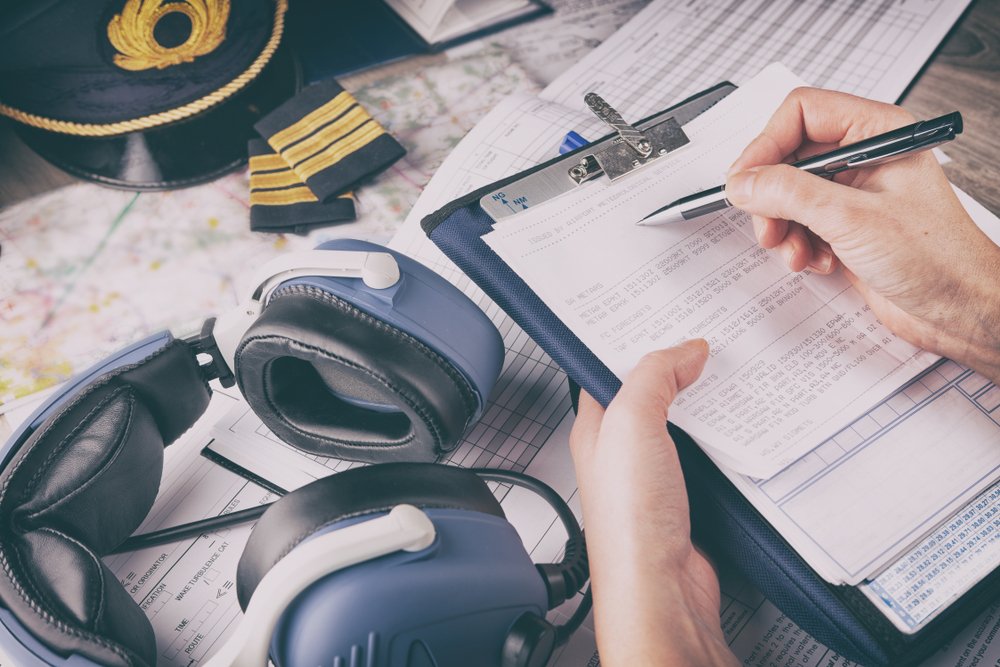Introduction
Becoming an airline pilot is a dream for many people. The thrill of flying through the skies, traveling to different destinations, and seeing the world from a new perspective is undoubtedly appealing. In Canada, the path to becoming an airline pilot is well-defined, but it requires focus, dedication, commitment, and a systematic approach. This article will guide you through the steps to achieving your dream of becoming a Canadian airline pilot.
Meet the Basic Requirements
Before you begin your journey to become an airline pilot, it’s essential to ensure you meet the basic requirements:
- Education: A high school diploma or its equivalent is required. However, most ambitious pilots pursue a college or university degree, in aviation-related fields like aviation science or aeronautical engineering.
- Age: To get a private pilot license (PPL), you must be at least 18 years old, and you must be at least 21 years old to receive a commercial pilot license (CPL).
- Medical Fitness: You must pass a Transport Canada-approved medical examination to ensure that you are physically and psychologically fit to fly an aircraft.
d.Language Proficiency: English or French proficiency is required, it is the primary language of aviation communication in Canada.
Obtain a Private Pilot License (PPL)
The first step in your journey to becoming an airline pilot is to obtain a PPL. Here’s what you need to do:
- Enroll at a flying school: Enroll in their PPL program at a Transport Canada-approved flying school. Ground school classes and flying lessons are usually part of the training.
- Meet Flight Hour Requirements: A minimum of 45 hours of flight time is required to get a PPL. including at least 17 hours of dual instruction (with an instructor) and 12 hours of solo flight.
- Pass the PPL Written Exam: You’ll need to pass a written exam covering aviation theory and regulations.
- Pass the PPL Flight Test: A Transport Canada designated examiner will conduct a flight test to assess your flying abilities.
Obtain a Commercial Pilot License (CPL)
After obtaining your PPL, the next step is to upgrade to a CPL:
- Gain Experience: A total of 200 hours of flight time are required, including 100 hours as a pilot-in-command (PIC).
- Complete CPL Ground School: Enroll in a Transport Canada-approved CPL ground school to study advanced aviation theory.
- Pass the CPL Written Exam: Similar to the PPL, you must pass a written exam specific to the CPL.
- Pass the CPL Flight Test: During the flight test, a qualified examiner will evaluate your skills.
Build Experience
To become a competitive candidate for an airline pilot position, you’ll need to accumulate flight hours. Many aspiring airline pilots work as flight instructors or in other entry-level positions within the aviation industry to build their experience.
Obtain an Airline Transport Pilot License (ATPL)
The highest level of pilot certification in Canada is the ATPL, which is required for airline captain positions:
- Gain Experience: Accumulate a minimum of 1,500 hours of total flight time, including 250 hours as PIC.
- Complete ATPL Ground School: Enroll in an ATPL Ground School program to study advanced aviation subjects.
- Pass the ATPL Written Exam: This comprehensive exam covers advanced aviation knowledge.
- Pass the ATPL Flight Test: Your abilities will be evaluated in a flight test by a Transport Canada-approved examiner.
Apply to Airlines
Once you’ve gotten your ATPL, you’re eligible to apply for positions with Canadian airlines. Airlines typically have their own specific hiring requirements and selection processes. It’s essential to stay up-to-date with job postings and network within the aviation industry to increase your chances of landing a job as an airline pilot.
Becoming an airline pilot in Canada is a rewarding path that demands dedication, hard work, and a commitment to safety. Starting with a PPL, you’ll gradually work your way up to an ATPL, gaining the skills and experience necessary to command commercial aircraft.
While the process is difficult and challenging, the thrill of flying and the opportunity to explore the skies make it a worthwhile endeavor for those who dream of a career in aviation. So, take the first step, towards your dream of becoming an airline pilot in Canada.





[…] in shaping the region’s economic landscape. This blog will delve into the economic impact of supreme aviation management in Vancouver, exploring its evolution, contributions, challenges, and its promising […]